|
I visited Moccasin Lake Park in Clearwater, Florida, in June of 2017. There were spiders everywhere. Huge spiders hung over the trail and on all sides of it. The trees were full of them and their webs at all levels, sometimes layered over each other. I had to be careful to avoid walking into their ground threads and alerting them to my presence. I have never seen so many. The trail itself passed over several boardwalks and one bridge over a large, dry gulley. There were shelters and bird blinds on the way. It was a good little walk. Gangs of peacocks roamed free. There was a beautiful pond surrounded by trees where I watched many birds and turtles from an observation deck. I also noticed a stone wall running through the woods and another overgrown stone structure depicted below, proving this park was once the home of humans before the spiders invaded. The trail terminates in a wooden shelter surrounded by trees. I could see nothing but trees in all directions. That was where I found someone had left another magic stone just as at Starkey Park, Eureka Park, and Brooker Park. What does it all mean?
0 Comments
This is a poem I wrote in 2015. I imagine all of my poetry set to music but I am rarely able to come up with my own tunes. This poem I imagine set to the tune of Deirdre by The Beach Boys. That girl over there The one with long hair No one ever told her she’s pretty Soon I’ll say hi Call her apple of my eye I’m going to tell her she’s pretty One day, some sunny day I’m gonna make her mine And then I’ll get to look at her all the time Don’t anybody tell me she’s not pretty She doesn’t know How she dazzles me so She still has no idea that she’s pretty I’ll bring a mirror Explain I admire her She should understand that she’s pretty Sometimes she acts like she’s deaf and blind Sometimes I really think she’s lost her mind That she can’t see that she’s pretty So so so so so so pretty I must have took too long Preparing for her this song That guy there just told her she’s pretty Now she’s happy But what about me? No one else is so pretty Now that she’s been swept away I hardly see her anymore anyway I still haven’t told her she’s pretty So so so so so so pretty There was still so much more to say And I still think about her every day I still haven’t told her she’s pretty I read Quantum Evolution by Johnjoe McFadden and I’m not sure what to make of it. The writing isn’t the best. In several places it seems that he began to write one sentence, then changed his mind and edited it, but didn’t finish deleting the old. Sometimes he says the opposite of what I know he means to say from the context. He also cites statistics unimportant to his point, but unnerving because they are inaccurate. The sun is only millions of degrees in the center, not billions. He repeatedly refers to Michael Behe, author of Darwin’s Black Box, as Michael Bethe. It is these types of things that make my crackpotometer rise, but McFadden is a professor at the University of Surrey and has a strong background in infectious diseases. Of most annoyance to me, the first half of the book is just an overview of basic biology completely unnecessary for understanding his major argument and can be safely skipped.
When he does finally get to his major argument, he claims that something called the quantum Zeno effect gives mutations a greater tendency to be beneficial rather than harmful without ever really explaining how it works. My crackpotometer rose even more. Since I had never heard of the phenomenon, I had to look it up. Apparently, when a particle has a probability of changing from one quantum state to another in a given time (e.g. an electron jumping from one orbital to another), its “timer” can be reset by “measuring” it – almost as if the particle exists as something more than a mere probability matrix that has to “move” from one state to the other in that time. The electron will not move if you keep looking at it. The problem I still have is that my understanding was that there exist pairs of properties that cannot both exist above a maximum level of precision (such as position&momentum and time&energy). By looking at the electron and knowing its position, doesn’t it then have a very uncertain momentum, thereby giving it an uncertain position in the next moment? Also, why have I never heard of this before? I was very surprised. Other studies I was very surprised to hear of was the study by John Cairns that purportedly shows the very same mutations happening more frequently in a strain of bacteria differing from the control group strain only by its environment making such a mutation more beneficial, and the study by Wolf Singer that purportedly correlates awareness with synchronous neuronal firing in cats. These are huge findings that could revolutionize evolutionary biology and psychology! How have I not heard of these? What else don’t I know? As far as I can tell, the book’s main point is this: Molecular configurations normally exist in quantum superpositions until the molecules must interact with other molecules thereby taking on a fixed state. This is called decoherence. Should an enzyme find itself in a state that causes an interaction, rapid repeated interactions of the same type with multiple molecules (this is what enzymes normally do) will force it to remain in the fixed state due to the quantum Zeno effect. When unused for a period of time, enzymes are again able to enter superposition. Whenever they next interact with another molecule, there is a small chance that they will enter a new configuration state with brand new properties. Since the parts of the RNA molecule that code for creating the enzyme (and the parts of the DNA molecule that code for creating the RNA) interact so infrequently with their environment (as opposed to other parts of the RNA or DNA molecule), it is possible that it (and the DNA) will too remain in a set of superposed states entangled with the set of superposed states of the enzyme microns away. Should the enzyme hit upon some novel mode of interaction that is rapidly repeated, forcing it to hold the new configuration, it can retroactively rewrite the DNA through quantum entanglement to have a brand new mutant gene that codes for it in the future. This is how organisms are able to evolve whole new classes of enzymes (and other proteins) without wasting time with intermediary steps with no evolutionary advantage to retain them. This is therefore a rebuttal to intelligent-design enthusiasts who are fond of pointing out that the probability of any given protein arising by chance mutations in DNA is equal to one divided by the number of available amino acids (in the case of Earth life, 23) raised to the power of the number of amino acids in the protein (which can sometimes be hundreds). Note: The actual probability is even smaller since each amino acid is coded for by a triplet of nucleotide sequences and some triplets code for the same acid. I get the gist of it, but I am still left with many questions. First, even if an enzyme finds itself interacting with other molecules only by bumping into them and altering their trajectory, why is this interaction not good enough to be “frozen in” by the quantum Zeno effect? McFadden seems to suggest that there is a bias for those types of interactions that will cause the greatest long-term effect. Why? Greatest effect measured in what, exactly? Number of particles? Mass? Volume? Information qubits? Even mere bumping can propagate an effect throughout the universe, though we are unlikely to notice the difference in the same way we would notice the difference of a new species being created – but does this mean that biological evolution actually represents a greater difference? Or is this only according to our arbitrary way of measuring difference? Could a mutation leading to a novel enzyme configuration in turn leading to cancer that wipes out a species ever be considered a great enough difference? Or will the lack of the mutation for cancer thus allowing life to continue altering its environment always be a bigger difference? McFadden seems to suggest that these types of mutations have a tendency to be beneficial. Why? If molecules can evolve so easily without intervention from an intelligent designer, why don’t we see new life arising spontaneously in nature all the time? Why do we not see life in the laboratory when scientists attempt to replicate the conditions of early Earth? Why do the computer algorithms meant to model evolution only show adaptation by the loss of information but never by getting more complex? He himself brings up these points but his only answer is that these other systems aren’t “quantum enough.” Why? I think I understand why the computer programs fail. Their behavior is defined rigidly by a computer operating on the “classical” level, and I have read somewhere that a classical computer can never simulate a quantum system (different type of math). But the laboratory gunk? It’s made of all the same stuff as life. Why doesn’t it grow? Finally, even if I accept that whole new proteins can arise this way, how does one explain the emergence of entire new organ systems in animals (and plants), which require the coordinated mutations of many proteins at once (not to mention differences in chromosome number, and more)? Such a large system could never remain in a coherent superposition for long (at least relative to the rest of the universe – there is the idea that the entire universe is entangled, but being a part of this same universe there is no way for us to sense this. In any case, this would place the directing force of evolution in the hands of the entire universe as a whole, making genes superfluous.). There is another thought that occurs to me. Since nobody knows how creative thought actually works, and some have suggested it might have a quantum basis (Roger Penrose, McFadden himself, and many others), perhaps this combination of quantum superposition and quantum Zeno effect literally is the intelligent designer it supposedly makes obsolete. Could God be the wave function of the universe? Brooker Creek preserve in Tarpon Springs, Florida offers a nice shady walk any day of the week. There is no admission cost. Thursday through Saturday the educational center and store are open. There are hands-on ecological exhibits, including a tortoise burrow replica big enough to crawl through. From the parking lot there are two ways into the woods: The boardwalk leads straight to the center after passing under an artistic metal helix. It seems to be several strands of metal woven together. One end terminates in a set of flat rings; the other in glass bulbs. What is it? Across the small field is the bridge over tiny Brooker Creek where alligators are often seen. From there one can walk a short distance to the bird blind or take the dirt trail around to join the boardwalk near the center. From the center a four-mile loop extends into the woods. I visited in May 2017. And every park I go to I try to look for a pattern that kind of sums up what the place is about – something that makes it unique from all the other parks. Usually I find one. I don't know whether my observations represent a real pattern or whether seeing one example psychologically primes me to see others. This park had several thin trees bent over into arches, in most cases all the way to the ground. I saw them in several different places. I also saw clumps of moss around the bases of many thicker trees located as much as twelve inches above the ground. I suspect that most of the park and its trails are underwater during some seasons. Fortunately it had been very dry in Florida this spring. You have to know when to go. The trails run through white sand, grassy areas, pines, palmetto, and more. There is plenty of variety. Different parts of the path have different names such as Flatwoods Trail, Blackwater Cutoff, Pine Needle Path, and Wilderness Trail. There were even trails with whimsical names such as Preserve Staff Only and Trail Closed. Strangely, these were not on the map. I was tired, thirsty, and in a hurry to get back so I didn't have time to check them out. Perhaps another time. The main trail loop covers only a very tiny portion of the whole park. It makes me wonder what secrets might lurk out among the trees. What are the Rangers hiding from us? Highlights: I briefly saw a very fast lizard with pale blue sides and black and yellow stripes running down its back. It looked exactly like a southwestern fence lizard, which are more common in New Mexico than Florida. I also found a sensitive-leaf plant. There are cultivated plants you can buy that will close up immediately with the slightest touch but the wild ones are very slow. I also saw an alligator and another painted stone… 3940 Keystone Road, Tarpon Springs, Florida
This is a poem I wrote in 2015. I imagine all of my poetry set to music, though I am rarely able to create my own tunes. This poem I imagine set to the tune of Wonderful World by Sam Cooke. I ain't got any friends I ain't got money to spend Don't have a bank account Don't have life figured out But I've got a car that goes And a song on the radio And I'm happy for no reason at all I ain't got any bed Got no place tonight to lay my head Got nothing on which to gnaw Except a box of raw pasta But hey I've got fancy clouds above And a radio station I love And I'm happy for no reason at all Some say I drive too fast! Some say I play my music too loud! But I say that all those people! Are just tryin' to get me down! Now I've got a rash on my face And my shoes are as porous as lace And my mother just called again To remind me of my every sin But I've got a highway to drive And it feels good to be alive And I'm happy for no reason at all But now the cops are on my tail And I think I'm headed off to jail And I'm happy for no reason at all I read The Emperor’s New Mind by Roger Penrose and my mind is still spinning. The book has just shy of 600 pages and covers subjects as diverse as neurophysiology, fractals, quantum mechanics, special and general relativity, black holes, crystallography, topology, and computer science.
The first third of the book covered Turing machines, non-recursivity in the Mandelbrot set, and non-computability in lambda calculus. Supposedly the phenomenon of knowing/understanding/consciousness is proven by Gödel’s theorem not to be possible to explain in terms of an algorithm, but I didn’t understand the argument. I found it very confusing. I am used to authors that do not explain things well, but in this case I got the impression that many of the subjects were just too much for me. There were too many moving parts for my brain to juggle at once to be able to understand. I was impressed. The second third of the book covered subjects more familiar to me, such as relativity, quantum mechanics, and phase space. At this point the feeling of being inadequate was gradually replaced by a feeling that the subjects were being explained rather poorly. After applying myself for some time and making guesses as to what the author probably meant, I believe I finally understand Hilbert space (a term I had heard before, but had never had explained to me), but I am still totally lost when it comes to the Riemann sphere. Here, the author went down numerous tangents unimportant to his case, including Newtonian mechanics, special relativity, tessellation, tidal forces, non-Euclidean geometries, and numerous details as to exactly how quantum superpositions are calculated. Everything that could have been covered in one page was covered in three or more. The final third of the book wrapped up his main argument and contained fewer diagrams and equations than the first two thirds. He continued to go down numerous tangents (such as mapping out all the major parts of the brain) and also take a long time getting to his point. He would break things down unnecessarily, yet still without explaining it. Instead of merely claiming that general relativity is time-asymmetrical, he first breaks it down into its WEYL and RICCI components, explains neither, takes time to claim RICCI time-symmetrical, takes time to claim WEYL works one way forward in time in a collapsing body, one way forward in time in an expanding body, one way backward in time in a collapsing body, and another way backward in time in an expanding body, and only then concludes that general relativity is time-asymmetric before moving on. Also, several times it would seem as if he would conclude something to be impossible, only to raise an objection I had thought was already answered, only to then claim that this was in fact equivalent to the old objection (still without explaining well or proving his claim) and conclude the something to be impossible again, only to then raise yet another equivalent objection. Even now, I am left confused about several things. At one point, he dismisses one of the alternate interpretations of quantum physics (there are several), saying the collapse of the wave function is deterministic and non-random, but later in the book he requires that it is random to make up for the information loss thought to occur in black holes. At one point, he claims that black holes are miniature equivalents to “the big crunch” and white holes are merely black holes in reverse, while “the big crunch” is merely “the big bang” in reverse. Later, he argues that white holes are impossible, but that “the big bang” is not and in fact almost certainly happened. Why isn’t “the big bang” just a very large white hole? In one part of the book he claims that there is nothing in known physics to explain the asymmetry of time (which is why his hypothesis is needed), yet later claims that the WEYL component of general relativity (a part of known physics since 1915) does just that. Despite all this, I still give the book four stars for sheer ingenuity in tying several things together to explain several persistent problems in physics. His solution (though he admits it still needs some working-out in the mathematical details) simultaneously makes compatible gravity and quantum mechanics, explains how quasicrystals (non-periodicity!) can form, explains how it is we live in a universe with such low entropy, and paves the way for an understanding of consciousness. It would be impossible for me to fully explain it in writing in any reasonable amount of time, but here is the gist for those with some prior education on the subject: To make general relativity compatible with quantum mechanics, he proposes that whenever two quantum states in a superposition evolve to the point that the difference of energy between them is enough to produce one quantum of gravity (1/100000 gram), it is then that the wave function must collapse and behave classically. By remaining in a superposition for an extended time, multiple calculations can be performed in parallel in a quantum computer, only to take the partial information they provide and combine it to compute the uncomputable in a non-algorithmic manner (and in a finite time). He argues that the brain might act as a quantum computer and in this way gives rise to consciousness, which he argues is fundamentally non-algorithmic and non-computable. The same phenomenon can explain how quasicrystals form, since (unlike in a true crystal) each atom acting individually must be able to carefully plan dozens of steps into the future so as not to mess things up for future atoms and destroy the pattern. He argues that the non-periodic "lattice" must exist in a superposition to only be collapsed when the "right" configuration is obtained. The collapse of the wave function is probabilistic and contains an element of randomness, thus creating information that is balanced by being lost in black holes. Related to this is his model of history cycling between the universe collapsing into black holes, evaporating into Hawking radiation, becoming high-entropy gas, and collapsing into black holes again. In between the gas-state and black hole-state, the universe briefly passes through the low-entropy states that life is possible in and time has any measurable meaning. I was also intrigued by his insistence on the reality of the Platonic realm and its relationship to consciousness. This is as much a philosophy book as a physics book and I see no reason not to include it on the same shelf as the works of Descartes, Aristotle, and Berkeley. Lake Park is a fun place where the people of Lutz and Tampa congregate to ride their bikes, race remote-control cars, rent canoes, practice archery, or play volleyball and other games. There is also a playground. This cheery facade hides a dark and deadly past known to only a few. All around the medium sized ponds among the trees are twisted, bare trunks – but these are no trees and they are not quite dead. These are the petrified hands of the great wizards of Lutz, the most feared beings ever to once walk Florida. What happened to them is the subject of legend and much speculation. Some say that it was Ponce de Leon himself who tricked them into this one location where he had set a trap. Others suggest the wizards turned on each other out of jealousy. However it was done, the wizards will never move again.
There are skeptics that claim these are but ordinary trees that have lost their leaves, not wizard hands at all, but if that were true, where are the leaves now? Leaves don't just get up and walk away. They should still be piled up on the ground. Such foolishness! The sinister origins of the park are obvious to anyone with a map. It is rectangular! What sort of shape is that for a park not tainted by evil magic?
17302 N. Dale Mabry, Lutz, Florida This is a poem I wrote in 2015. I imagine all of my poetry set to music but I am rarely able to come up with my own tunes. This one I imagine set to the tune of Wild Horses by The Rolling Stones. You tire of waiting For him to text first You keep on chasing Even when it hurts They all believe you When you say that you're fine But what is this longing I see in your eyes? If you keep chasing Well, I'll guess I'll run with you Please stop running And let me catch you You wanted someone To think about you To make you happy And to not make you blue It's not everything You thought it'd be They've all got someone Except you and me If you keep chasing Well, I guess I'll run with you Please stop running And let me catch you They said they loved you But they showed the truth You were nothing But a convenient tool You do the best With the cards that you're dealt You say you're happy While your eyes scream for help If you keep chasing Well, I guess I'll run with you Please stop running And let me catch you I recently read The Farfarers by Farley Mowat. In it, he lays out his case for his belief that a pre-Celtic people from the British Isles arrived in the new world not only before Columbus, but even before the Vikings. The names of the various peoples can be rather confusing, so before I continue they require a brief introduction.
Alb is an Indo-European root word meaning white. Later, it came to mean snow-capped mountains, then mountains in general, then people that lived in the mountains, and then any people groups that lived in any wilderness areas. The Alps and Albania come from this. In the British Islands, there were Albans. Later, the Celts invaded and settled in Ireland, England, and Wales. After that, Armoricans fled Gaul (France) and settled in southern Scotland. The largest tribe of the Armoricans was the Picts and after settling in Scotland, they were all just called Picts. Later historians would even come to call the Albans northern Picts and the real Picts southern Picts. After the Romans conquered the Celts (then called Britons) and started to fight the Picts (then called Caledonians), pressure from the Celts, Picts, and Norse (Vikings) forced the Albans to resettle in Iceland (some had already followed the walrus there). Iceland was also known as Thule (or variants on it) or as Tilli. This should not be confused with Thule-culture Inuit, named after artifacts found in Greenland in a town named Thule. The Inuit are Eskimos of eastern Canada, whereas the Eskimos of western Canada are called Eskimos. So, while it is wrong to assume that Thule and Thule are the same, it is okay to assume that Eskimos and Inuit are the same. Later, the Norse (Vikings) would force the Albans out of Iceland into Greenland (then called Crona). Generations later, they would force them out of Greenland and into Newfoundland. After that, the Greenland Norse would split with Europe before dying off. Later, the Vikings (Danes) would arrive and find Greenland empty. In eastern Canada, there were not only Inuit, but Beothuks, Innu, and Tunit. The Tunit may have either been the same people as the Albans or they may have intermarried with the Albans. Viking records also mention a people in Canada called Skraelings, which may have referred to any of these groups or may be a totally different group. Eventually the Inuit killed or absorbed all others in Canada before the English, French, and other Europeans arrived. Phew! All right, that introduction wasn’t as brief as I was led to believe… The author claims that the official history of Iceland is that the Vikings discovered it empty, yet Viking records, Roman Church records, and Greek explorer records directly indicate otherwise. In addition, there is the question of why the Vikings settled in the most inhospitable areas first if Iceland was truly devoid of humans. It is also pointed out that what are thought to be house foundations are very similar in north Scotland and certain parts of Canada. The author even tries to support his timeline of migration by taking into account climatological and ecological changes over the centuries. For the most part, the book was well-written and captured some of the feeling of mystery, though a few parts were tedious. I also felt that the dramatizations of historical events in every chapter were unnecessary. Much of it was interesting, such as the technology of the ancients, including skin-boats, boat-houses, seal tar, cairns, brochs, and duns. I give it four stars. I love long boardwalks – especially when they run through heavily wooded swamps. In April 2017, everything was green. The water was covered in green. The trunks of trees were covered in green. It was green as far as I could see, which wasn’t too far considering the density of the growth. I heard several birds, but couldn’t find them. Maybe they were green too. Green!
As at Starkey Park, I found this mystical stone, possibly left behind by an ancient race of sorcerers. What nefarious plot might they be up to? How long have they been there? Are they beacons to pave the way for an invasion? Some means of sabotage? Could they be bombs full of germs or evil spirits? Are they spy devices? What do the mysterious markings mean? I must inform the king of this at once! 6400 Eureka Springs Road, Tampa, Florida
This is a poem I wrote in 2014. I imagine all of my poetry set to music, though I am rarely able to come up with tunes of my own. This is one time that I succeeded. It has a Billy-Joel-style sound to it. She is fire She is flame She's dancing light and color And impossible to tame She is all-consuming Brilliant and pure Her energy my ecstacy My luminescent lure She is dazzling light Bringing her life to the night Leaping, licking, snapping A most mesmerizing sight Hidden danger exists Under her healing warmth Her wholesome heat I crave And the most amazing show on Earth She is fire She is flame Forever changing Always not the same My entrancing inferno Blazing in the dark My beauty, my cutie My little jumping spark Unpredictable vengeance Unpredictable grace I know that it's pointless Trying to keep her in her place Some say I'm crazy Some say I'm a case Because I love a woman With golden hair and rosy face She is fire She is flame We keep each other going When comes the rain I blow her kisses When she gets down Stirring up her world So she can rise off the ground She is beautiful Of this I've no doubt I cherish her ever smile Every laugh and every pout My lover, my lady My firecracker girl I'm gonna take you To illuminate the world She is fire She is flame I stare at her for hours Until she calls my name I fuel her with cards and flowers So her smoke can reach the skies Though she often brings me tears I don't dare close my eyes Her scent lingers on My clothes for days on end She burns in my memory And will always burn again Her glowing embers Bring me wonder and delight And I will stay till sunrise And tend her through the night You're beautiful Of this I've no doubt Burn me if you must But don't ever ever go out A while ago I read Parker J. Palmer’s 2014 book Healing The Heart Of Democracy, a book about political strife and incivility in America, much like my 2012 book, The Nutcase Across The Street. I bought it because it speaks to my interests.
Part of his proposed solution to our partisan problems consists of learning to let our hearts “break open” rather than “break apart.” This is poorly explained, but I think he means that after having our hearts broken we are then able to empathize with others, including those whose hearts are broken over issues we don’t care about or would prefer to be settled in ways they would not. This is the main theme running through the whole book. Another part of his solution consists of learning to connect with others outside of our immediate circles of friends, learning not to fear strangers – especially those of different races, socio-economic classes, etc. Simply living in an urban area where one has to negotiate a path through crowds can help one develop the habit of respecting others and Palmer also suggests numerous other ways this might be done formally and informally. He claims connecting with others also has the added benefit of making us less dependent on centralized power for our needs, making us less vulnerable to manipulation and fascism. He claims individualism leads to despotism because when people no longer need others, they stop caring and are easily divided by those that would overpower and subdue us. Most of this makes sense to me, but in my experience the only way to keep the peace sometimes is for people to separate. Rather than trying to push everyone into working together or living where there are crowds, people should be able to escape and live as they want without interference. Individualism may lead to despotism, but it seems to me much more likely for the lack of individualism to lead to despotism. One cannot rule alone (or else I’d already be doing it) without widespread allegiance to a system – allegiance that could not exist if more people were more independent. Other proposals include leading by example to change hearts rather than change the law, seeking consensus rather than majority (or plurality), respecting the rights of minorities, respecting the democratic process, and respecting the constitutional system of checks and balances to slow down change to the point that society can safely absorb it. He wants us to “live in the tension” of never having any issue permanently settled. He seems unaware that the main problems with our current political situation are that we cannot agree on what is constitutional, what is democratic, and which minority rights to respect. Do we respect the reproductive rights of the mother? Or the right-to-life of the baby? Do we have greater respect for a president elected by the states through the Electoral College or for a congress elected by much smaller (and often gerrymandered) districts? Did Bush commit an unconstitutional act by ordering troops into Iraq? Did Obama commit an unconstitutional act by signing the ACA? The problem is not that we can’t settle our disagreements; the problem is that we can’t even agree on the process to go about settling our disagreements. In my book, I propose that we talk more to each other in order to eventually reach an agreement on these issues. Palmer expects us to live at peace without ever reaching an agreement. My solution may very well be too impractical and idealistic, but Palmer’s solution is no solution at all! Overall, it is a very interesting book packed with numerous nuggets to think over. I have already pointed out above why I think it is incomplete, but his ideas could still be an important first step to get us to negotiate honestly. It also gives an important historical perspective to our connection with strangers that most people (including myself) seem to lack. The book is actually about much more than politics. It is about getting along, socialization, intimacy, and communication. I give it at least four stars. An anagram of a word or phrase is another word or phrase containing exactly the same letters, no more and no less. Given the enormous number of ways letters can be rearranged, it is usually possible to find an anagram appropriately descriptive of the original word. The letters in a phrase as short as “moldy shoes” can be rearranged as “Sol-shy demo,” which could be interpreted to mean a demonstration of what happens when your shoes are left in a dark place.
The Internet Anagram Server can take phrases of medium length and output thousands of possibilities within seconds, saving quite a lot of work. Then you just have to browse the list to find the ones that aren’t nonsense. Names are especially great for plugging into the server to see what comes out. Clint Eastwood becomes Old West Action. Daniel Edward Noe becomes A Renowned Laddie. That sounds about right. Let me know what your name tells you. On the western edge of Tampa facing Oldsmar is a gem of a park named Upper Tampa Bay Park. Packed into this quiet peninsula on the northern part of the bay is a nature center, three trails, a good playground, water fountains, plenty of parking, and most importantly plenty of restrooms. There are many covered picnic tables and pavilions. You can also rent canoes there. The trails are wide and come in a variety of surfaces. Some are dirt, some are shell fill, and some are grassy. There are also boardwalks. I first walked along the east side of the park where there was water access, but no swimming allowed. Along the path heading south it seemed much like an ordinary Florida coastal park but as if an artist had added just a few subtle highlights to give it a totally new look. Blackened palms from controlled burns stood out against the surrounding green and brown. Red runners reached across the white sand. One trunk had the most interesting burn design. I hadn't yet seen any animals. This is because they were all hiding on the second trail. I saw a cardinal, a white butterfly, a yellow butterfly, and was unfortunately seen myself by a deer fly, but I got rid of it. This area was grassy.
I went back to my car and sat in one of the pavilions to write while small grey birds poked through the grass next to me and the breeze caressed my skin. I was impressed with how quiet it was. It's a great place to spend a Friday afternoon in March.
8001 Double Branch Road, Tampa, Florida This is a poem I wrote in 2014. I imagine all of my poetry set to music, though I am rarely able to come up with my own tunes. This one I imagine set to the tune of Every Breath You Take by The Police. You sent me away Said we couldn't play You can't get rid of me Not that easily I'm already there You took away all I had And you hurt me so bad You can't get rid of me Not that easily I'm already there One day you'll see That you want me As always, best of luck to you In everything you do You won't listen at all You don't return my calls You can't get rid of me Not that easily I'm already there You play mind games And spread lies in my name You can't get rid of me Not that easily I'm already there I don't want to make you feel bad The last thing I ever want is to make you sad It hurts me even to mention it Just agree and I won't say it again Forgive yourself as I've forgiven you There's nothing more you ever need to do I've already forgotten all about your sin I've done it before and I'll always do it again My aid you spurn And to your idols you turn You can't get rid of me Not that easily I'm already there My temple you've defiled Your injustices you pile You can't get rid of me Not that easily I'm already there You kill my friends And the prophets I send You can't get rid of me Not that easily I'm already there You took things too far Now I wear your scars You can't get rid of me Not that easily I'm already there |
AuthorMy name is Dan. I am an author, artist, explorer, and contemplator of subjects large and small. Archives
February 2023
Categories
All
|
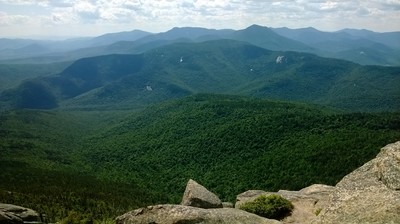
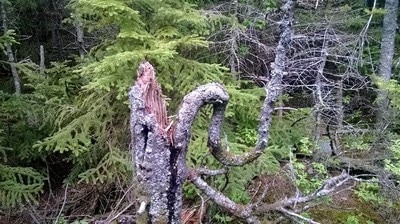
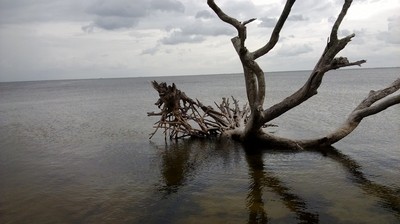
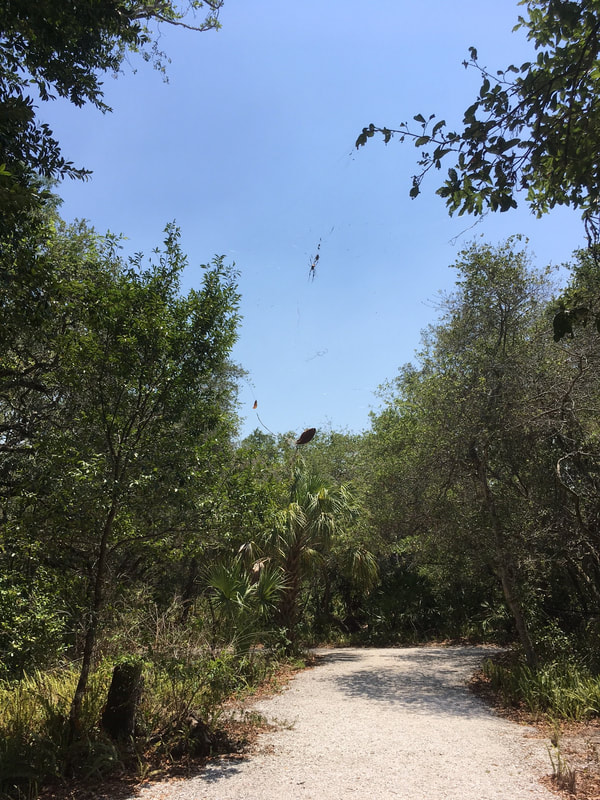
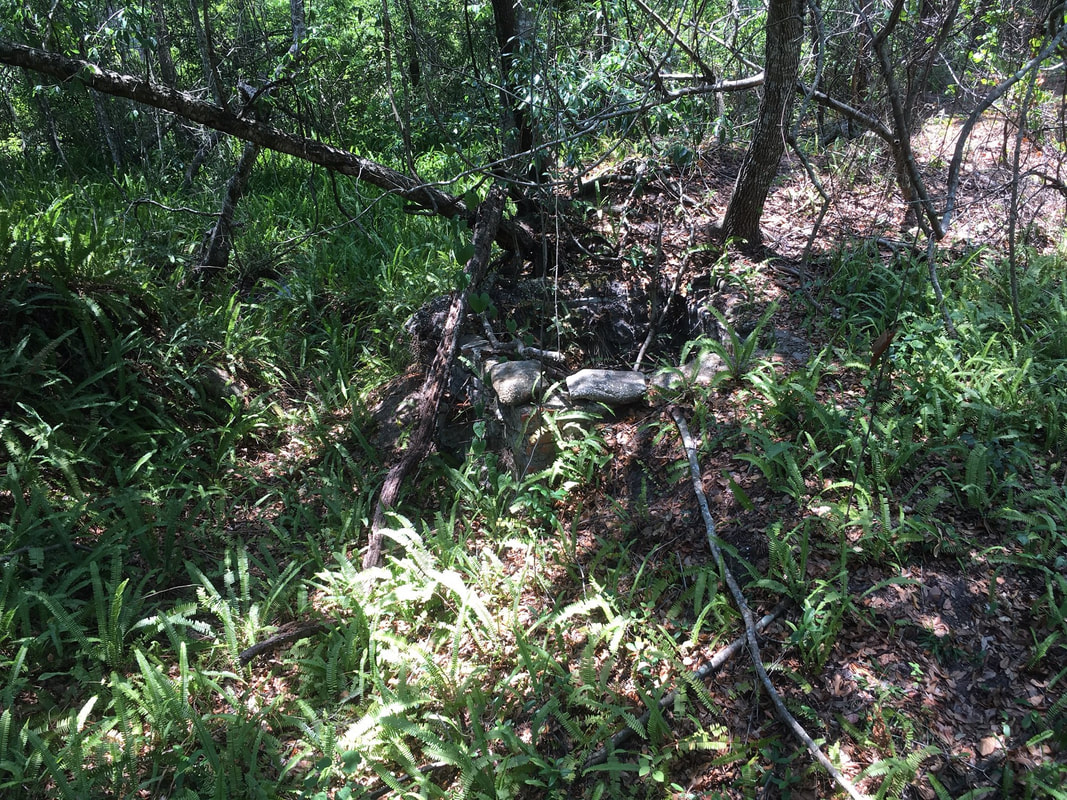
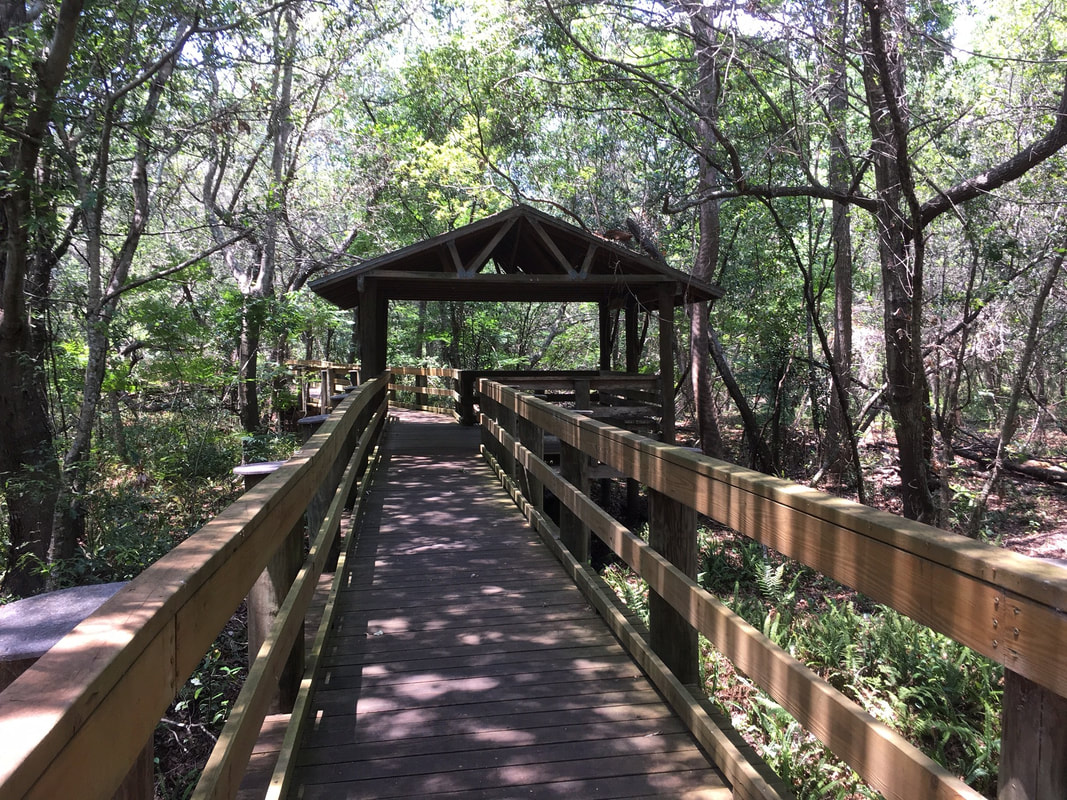
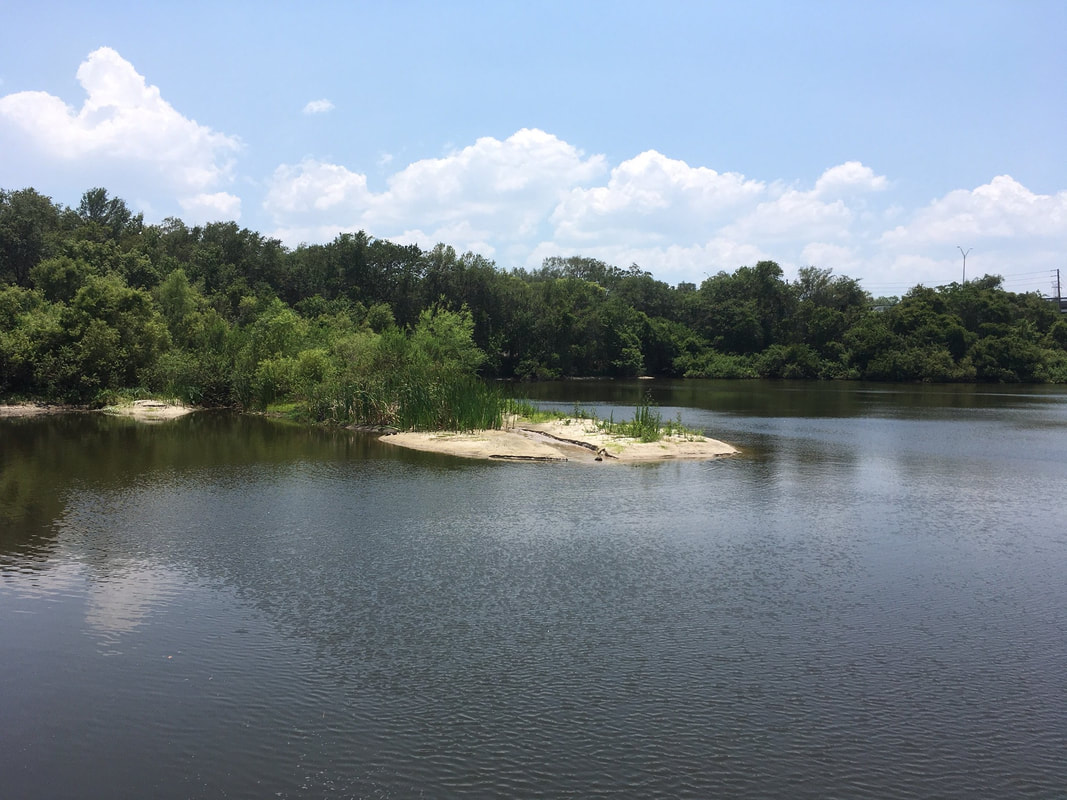

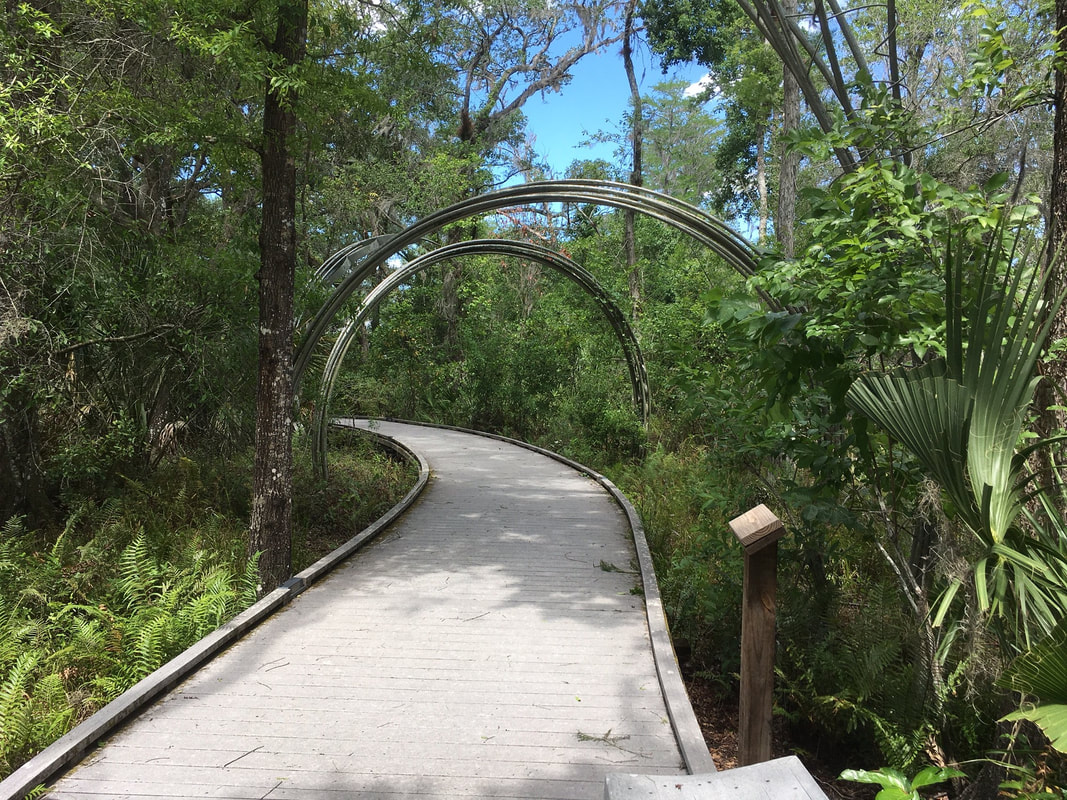
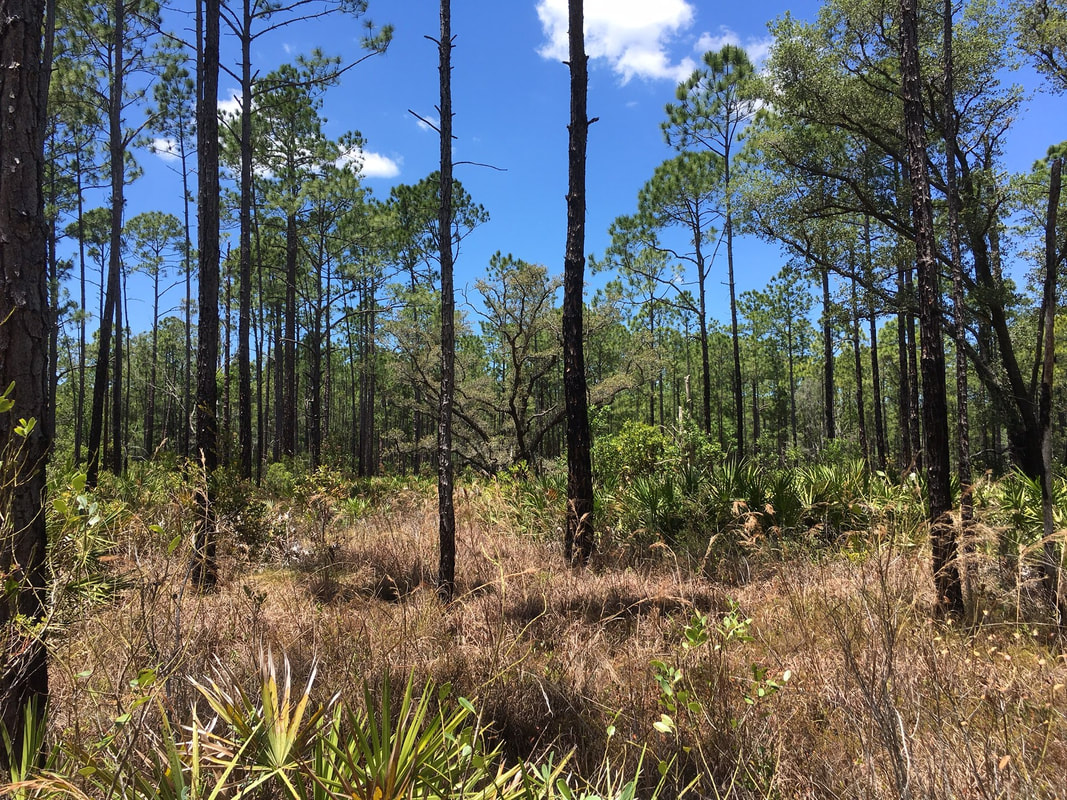
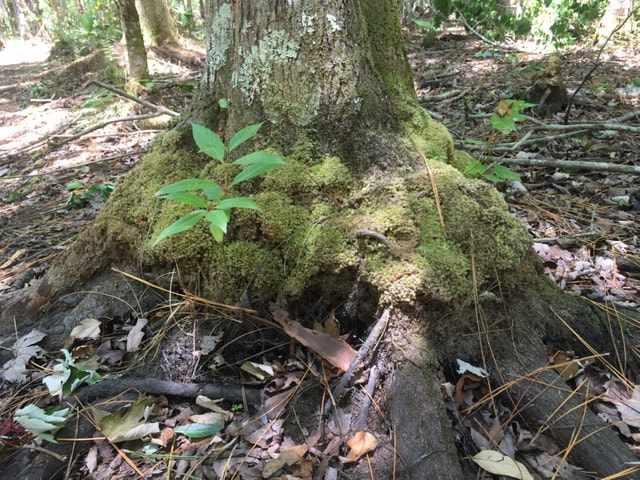
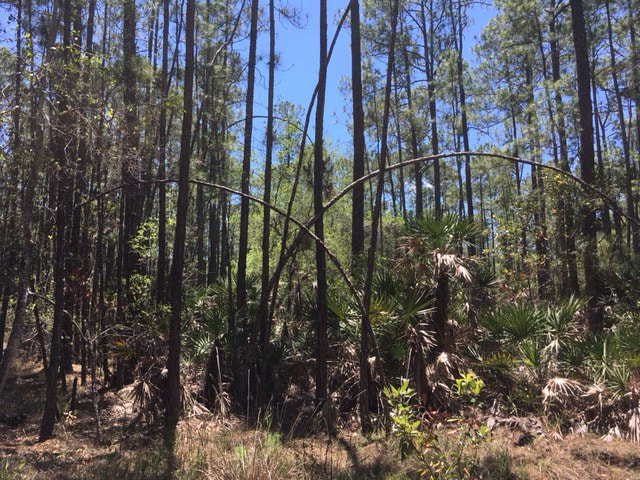
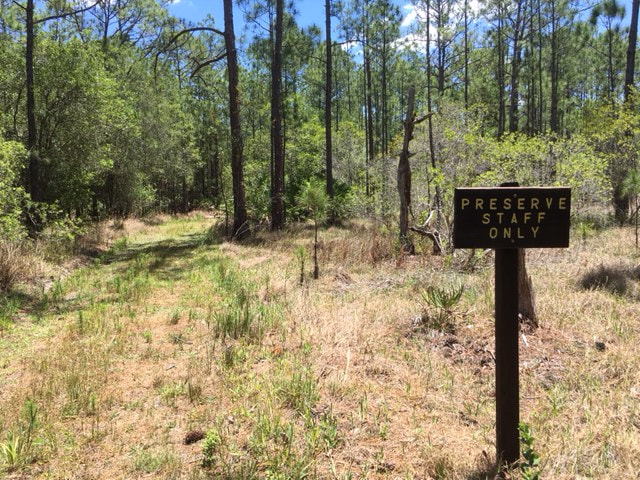
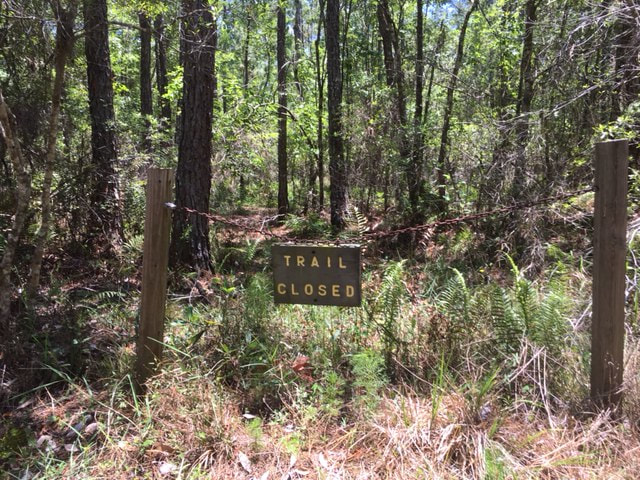
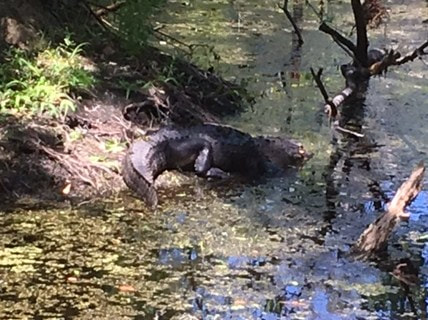

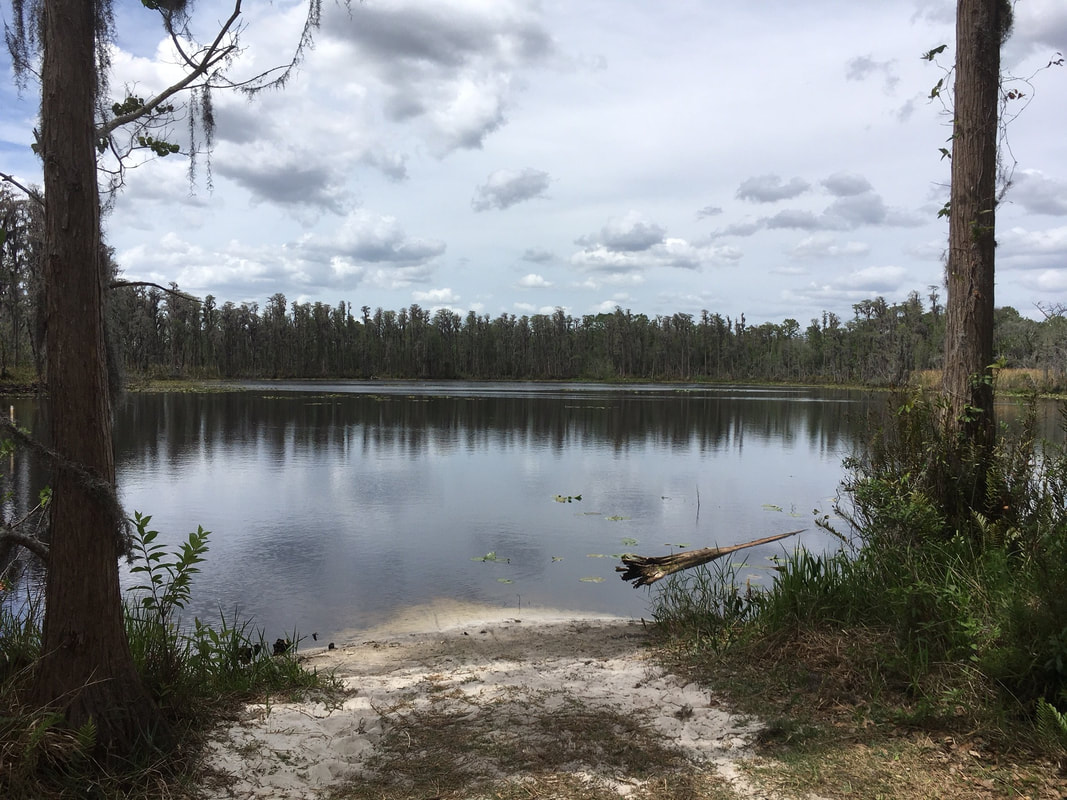
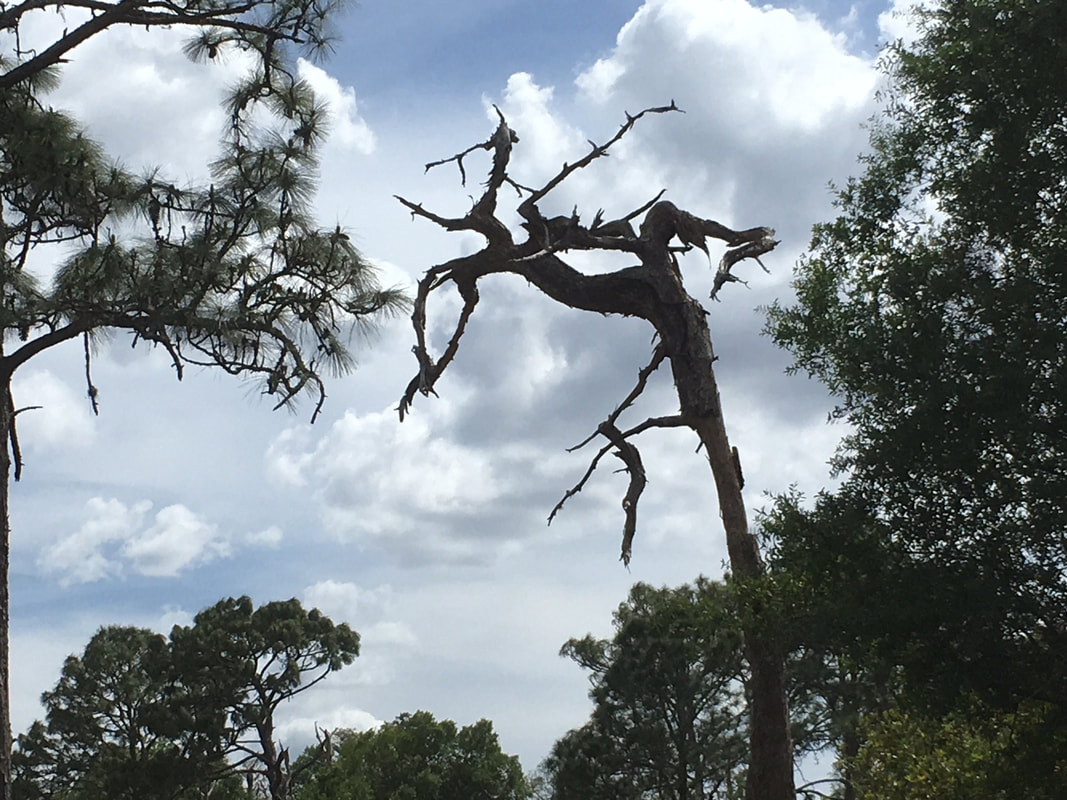
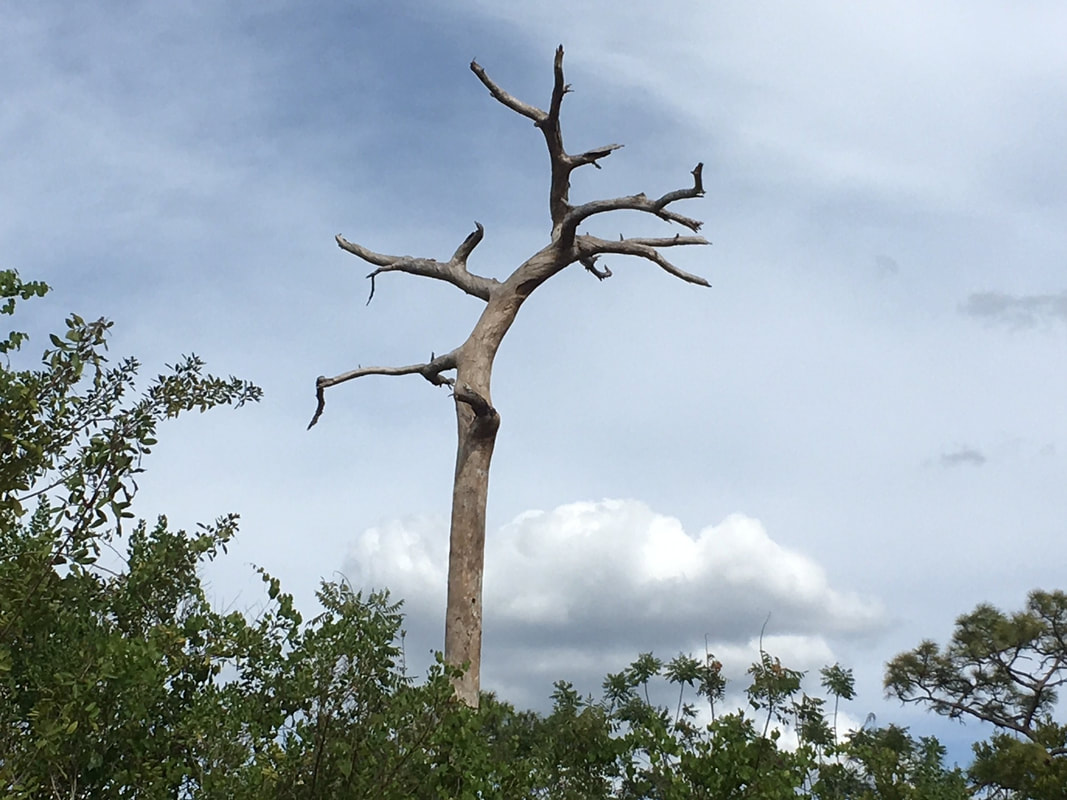
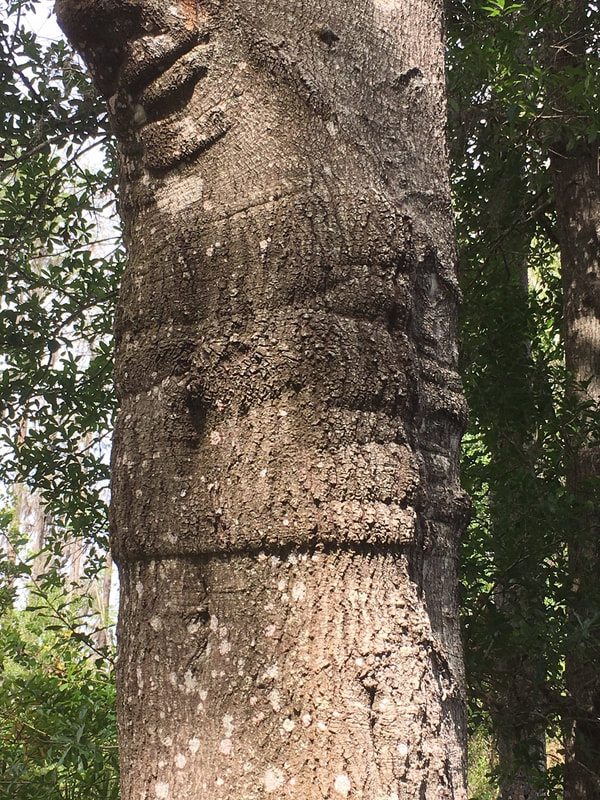
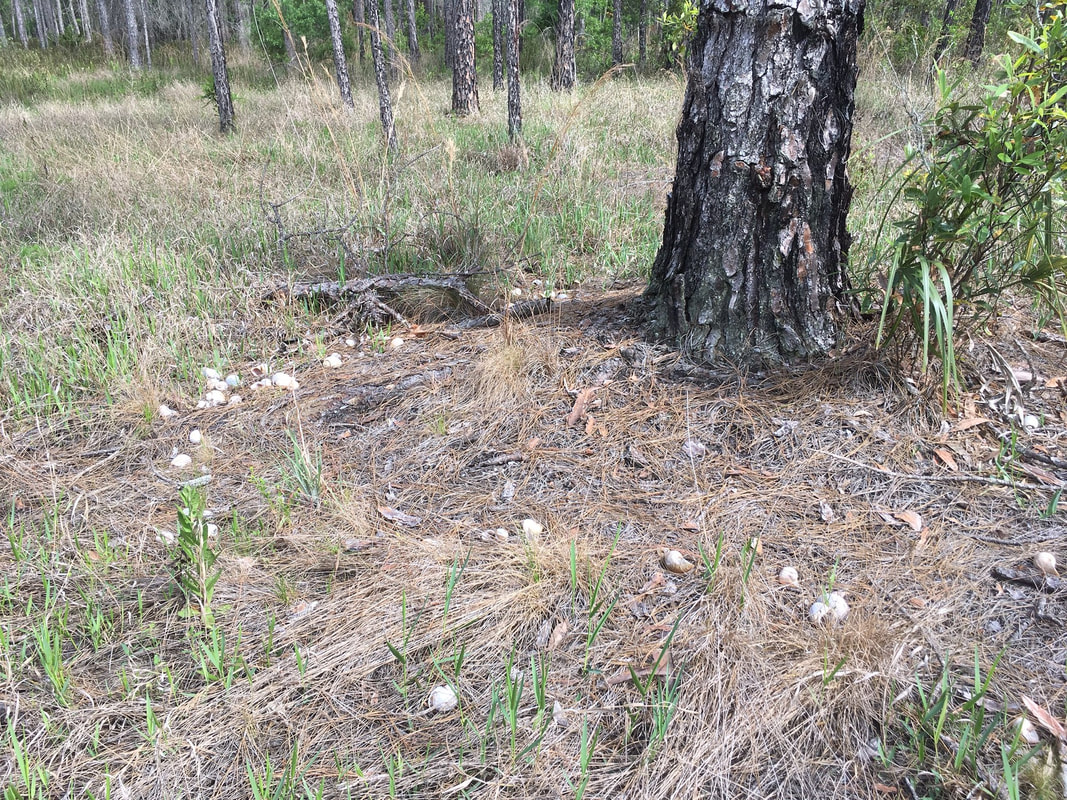
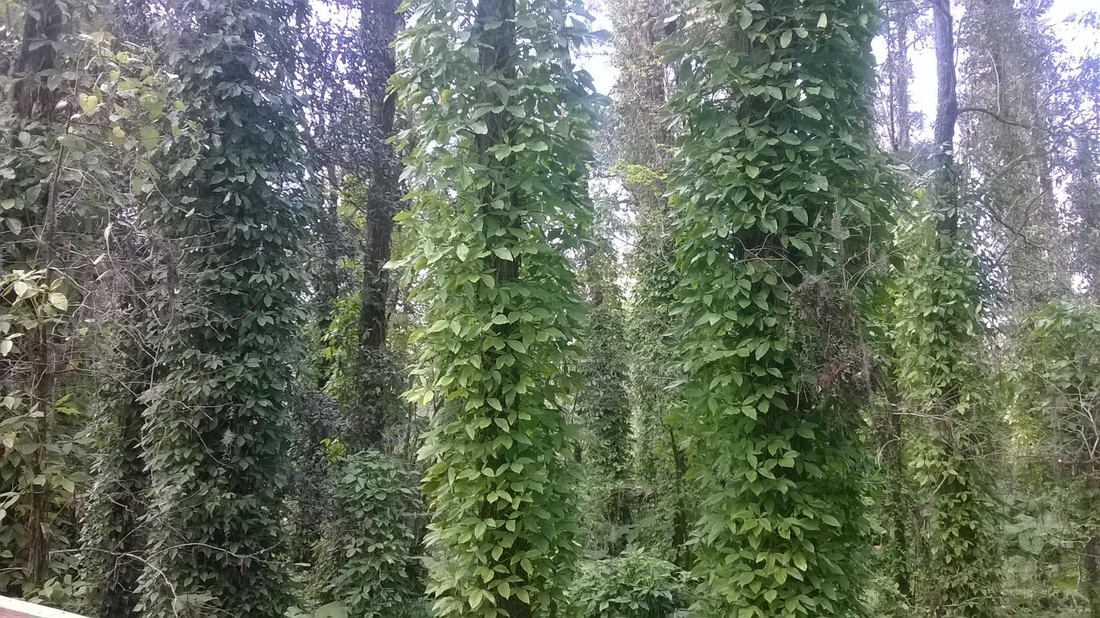


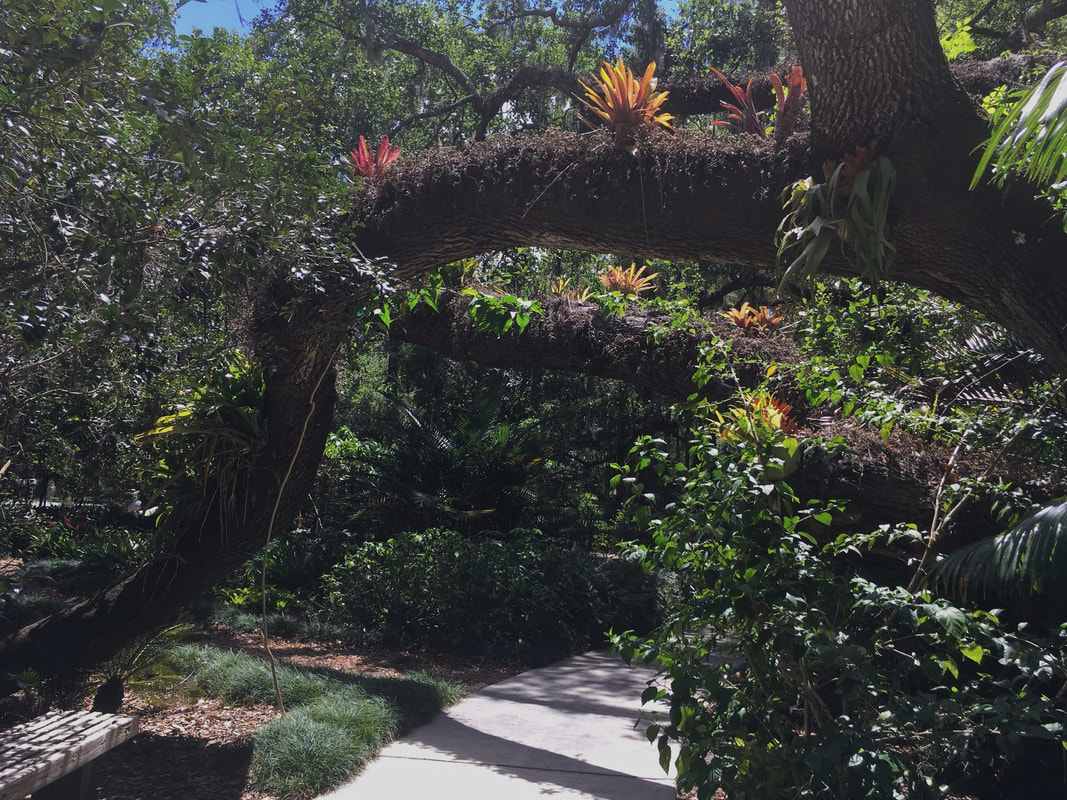


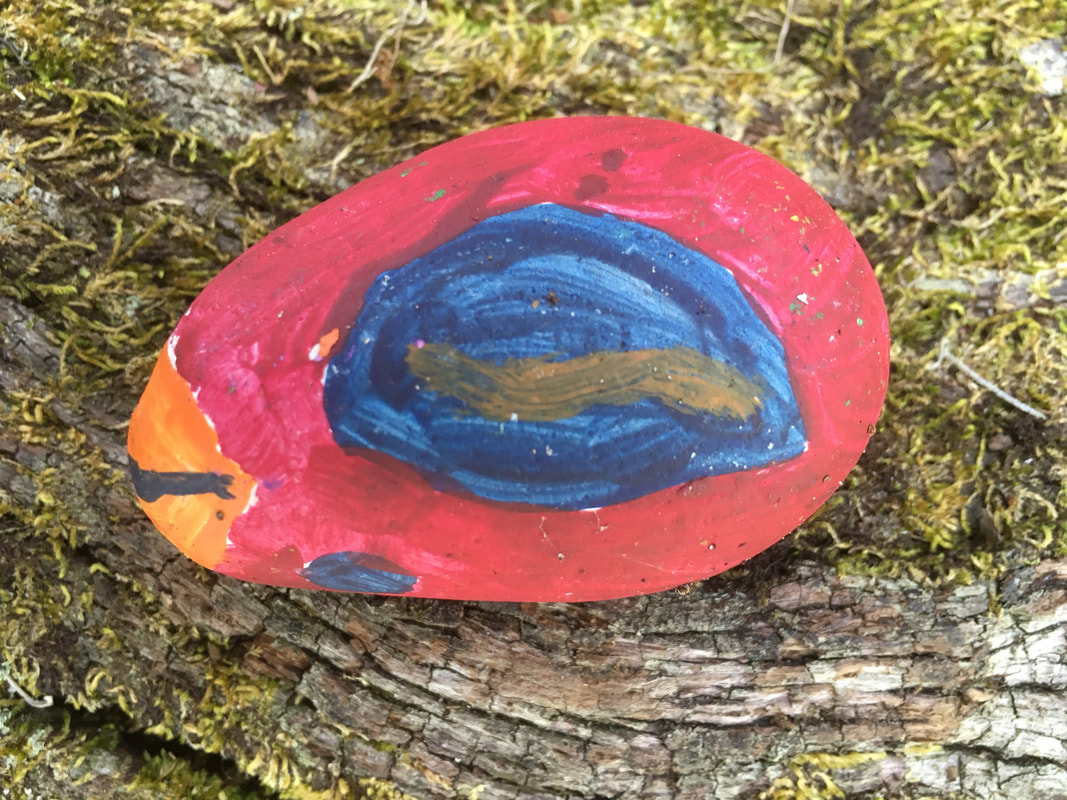
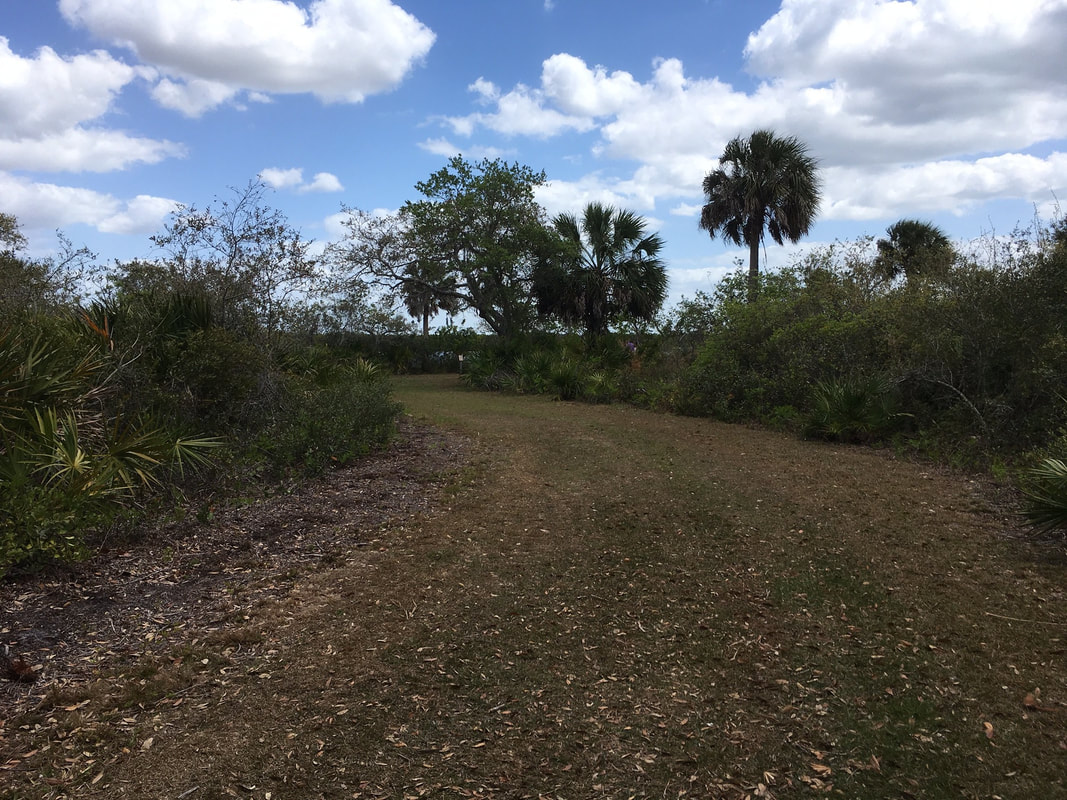

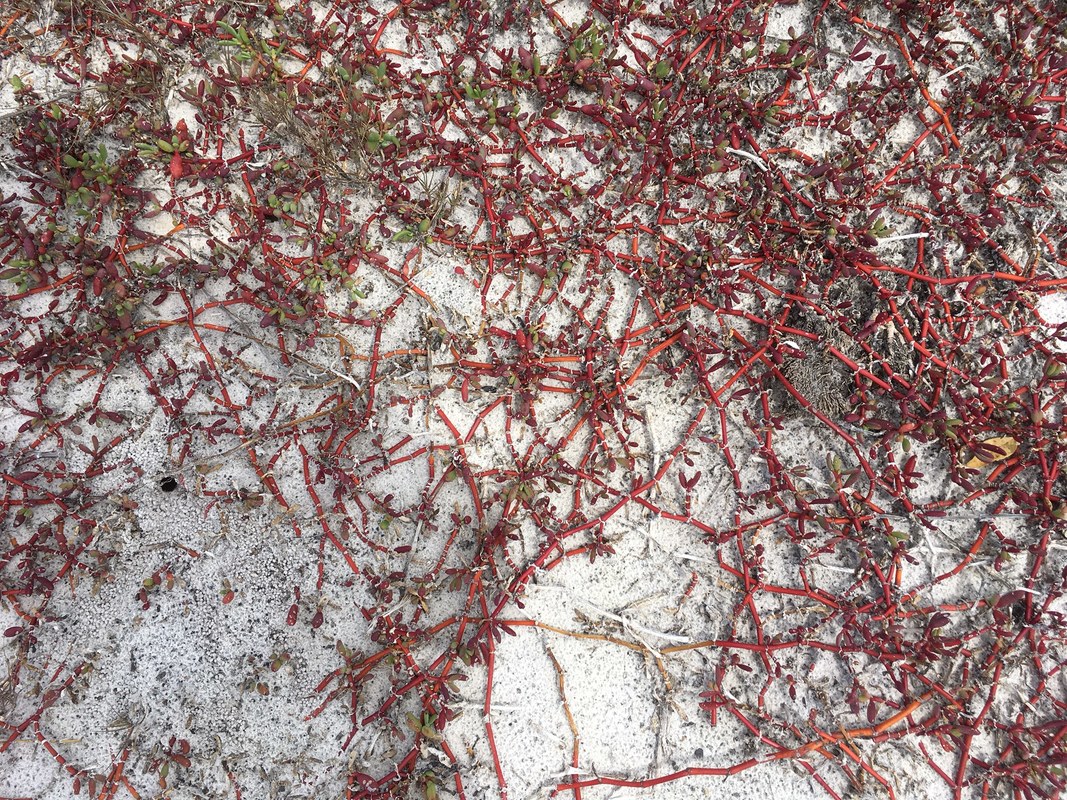
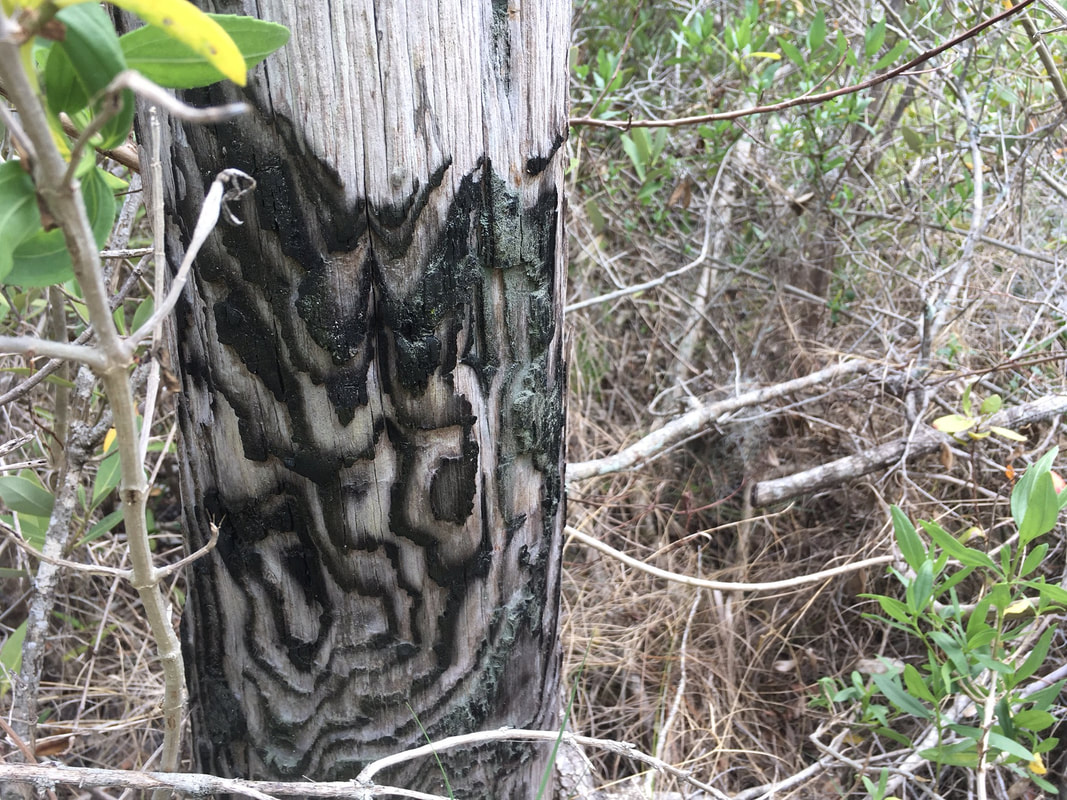

 RSS Feed
RSS Feed